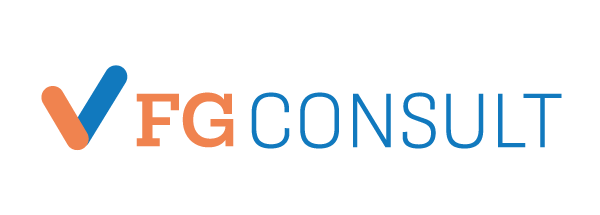How to write an effective essay What you must be aware of
An essay is a lengthy written piece that presents the writer’s argument, but usually the definition is very vague that covers all of books, newspapers or pamphlet, an article, and even the short story. Essays have traditionally been divided into formal and informal styles. Essays are classified according to personal opinion or scientific research (also quite popular) as well as other hybrid types.
The introduction is a critical element of every essay. The introduction is essential in determining if the essay is appropriate for the faculty. It is crucial to study the introduction thoroughly even if there aren’t any references or the essay is too long. The thesis statement is typically the central theme of the essay, though usually only the first 15 or so words form the basis for such a statement. The thesis may be controversial as well as political, scientific or cultural, or any other viewpoint that the writer wishes to convey.
The argumentative essay follows the same structure, but is generally less dense than the expository essay. The difference between these two lies primarily in the detail provided to the reader concerning the argument that is the basis of the essay. The argumentative essay will usually require further research and may need to be complemented by other sources. The argumentative essay is similar to the expository essay in that the writer’s interpretations of data are the primary the force behind it.
Once the thesis has been accepted, the author should begin the argumentative or writing portion. This portion of the essay requires careful and meticulous writing. Every argument presented must be given its own dedicated space within the essay. It is not enough to only use one space for every point that you intend to make. Start writing by breaking your points into separate paragraphs to ensure that your argument will flow easier and more clear.
Introductions are the first part of an essay. The body of an essay is also known by the introductory essay. It allows the author to introduce their subject and describe their research. It should start with an introduction, although it may not be necessary to include an argumentative thesis statement. A clear description of the topic and some background information on the subject is sufficient. The conclusion of the introduction should summarize the whole essay and suggest it be read.
The conclusion is also often called the thesis statement in essay writing. The conclusion is usually the longest part of the essay, and it is based on the length of the main body of the essay. The conclusion must include three crucial statements that include a description of the main point of the essay and an assessment of the essay based upon the data and arguments provided. The conclusion must address frequently asked questions such as who, why and what, when, how, and the reason why this information was included in the essay.
Narrative essays can use either an oral or written argument. Oral arguments are narratives or statements that support a particular idea. A student might tell a story about something that they’ve done to illustrate an oral argument in an essay. A strong argument is essential to write an essay that is narrative. A few examples of good narrative essays include ‘The Adventures of Peter Pan, the ‘ogeny’ series, and The Adventures of Peter Pan’ among others. While the use of stories and anecdotes are typical forms of essay writing, the most successful narrative essays incorporate solid literary research.
Argumentative essays are written to argue for a specific point. They usually begin with an introduction and conclude with a conclusion. These essays are similar to arguments found in novels. There are many types of argumentative essays, such as descriptive essay which is an essay that is focused on the description of an object, place or object, idea or a person; an essay on argumentation that is an essay that tackles an argument in a single sentence or affordable-papers.net personal essay, which is an essay that is mostly about one’s self.
